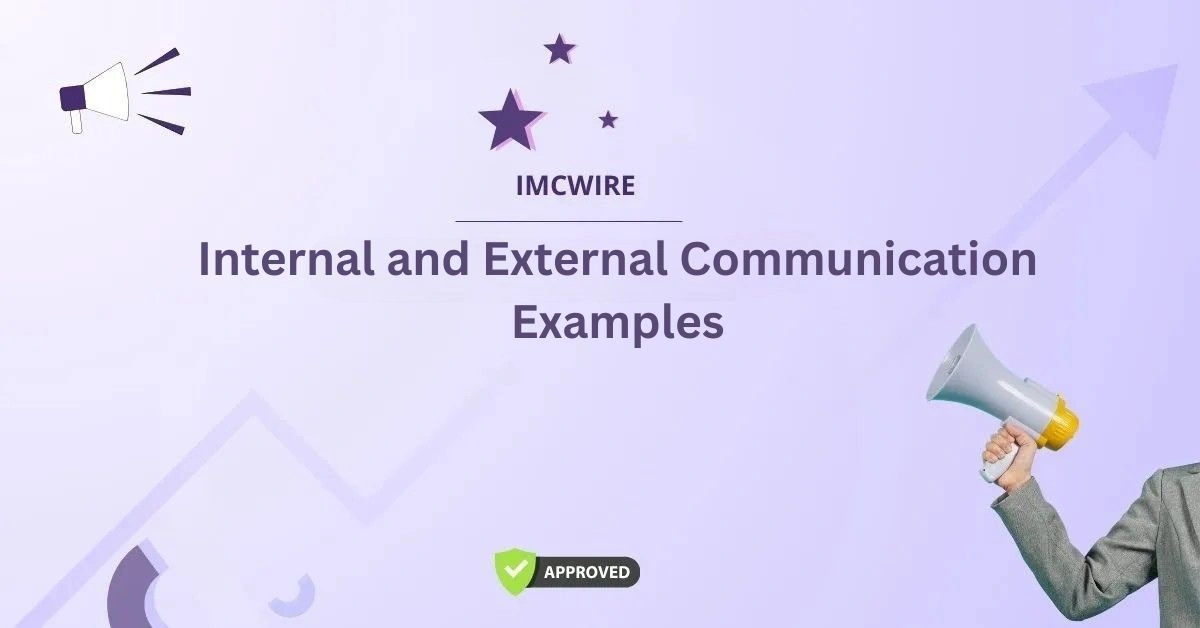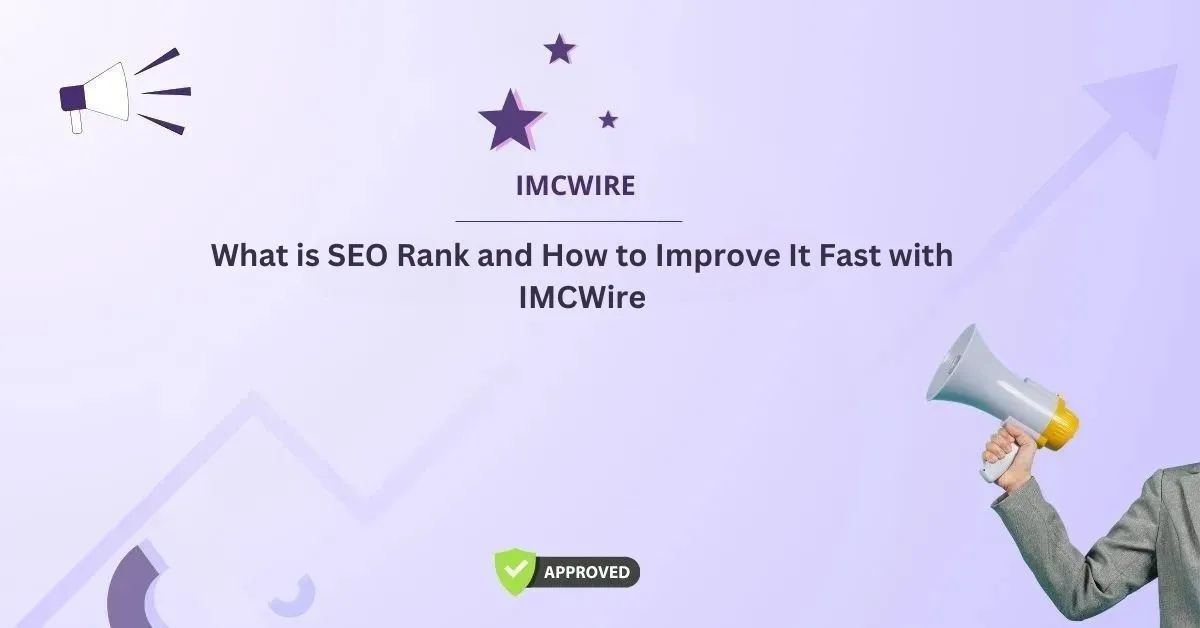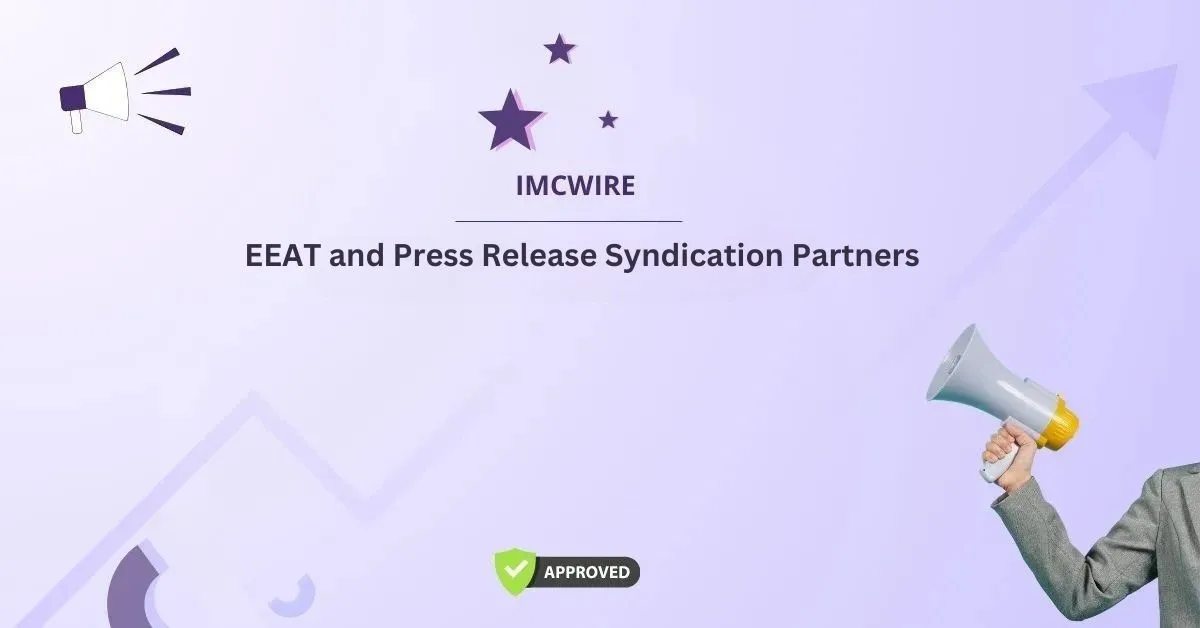Introduction
In today’s fast-paced business world, communication is the backbone of any successful organization. Whether it’s rallying your team toward a shared goal or captivating an external audience with your brand’s story, the way you convey your message matters. Internal and External Communication Examples employees aligned, informed, and motivated, while external communication shapes how customers, partners, and the public perceive your brand. At IMCWire, we understand the power of seamless communication, and our platform is designed to help businesses excel in both realms. This blog explores real-world examples of internal and external communication, delving into strategies that drive engagement and growth, while showcasing why IMCWire stands out as the ultimate tool for businesses compared to competitors.
Table of Contents
The Essence of Internal Communication
Internal communication is the lifeblood of an organization, fostering collaboration and ensuring everyone is on the same page. It’s not just about sending emails or scheduling meetings; it’s about creating a culture where information flows freely, and employees feel valued. Effective internal communication builds trust, boosts morale, and drives productivity. Without it, teams can become siloed, goals misaligned, and opportunities missed.
Imagine a tech startup preparing for a product launch. The CEO drafts a detailed email outlining the vision, timelines, and individual roles, but it’s buried in inboxes. Instead, using a platform like IMCWire, the leadership team shares a dynamic video message, posted on a centralized dashboard where employees can access it anytime. Team members comment with questions, and managers respond in real time, creating a two-way dialogue. This approach ensures clarity and keeps everyone energized about the launch. IMCWire’s intuitive interface makes this seamless, unlike clunky competitors’ platforms that often overwhelm users with disjointed features.
Another scenario involves a retail chain rolling out new customer service protocols. Rather than relying on lengthy manuals, the HR team uses IMCWire to share interactive training modules. Employees complete quizzes, earn badges, and discuss best practices in dedicated chat channels. This fosters engagement and ensures the protocols are understood and applied consistently. Competitors’ tools, like generic intranets, often lack such interactive elements, leaving employees disengaged and training ineffective.
Elevating External Communication
External communication is how a business connects with the world—customers, investors, media, and beyond. It’s about crafting messages that resonate, build trust, and inspire action. From press releases to social media campaigns, every touchpoint shapes your brand’s reputation. Done right, external communication can turn casual browsers into loyal customers and skeptics into advocates.
Consider a boutique coffee brand launching a sustainability initiative. They could send a standard press release, but instead, they use IMCWire to coordinate a multi-channel campaign. A heartfelt blog post on their website details their commitment to eco-friendly sourcing, while Instagram stories showcase farmers they partner with, narrated by the founder. A targeted email newsletter invites customers to join a “green rewards” program. IMCWire’s analytics track engagement across these channels, showing which messages resonate most, allowing the brand to refine its approach in real time. Competitors’ platforms often fragment this process, requiring multiple tools to achieve what IMCWire does in one hub.
Another example is a B2B software company announcing a new feature. Rather than a dry product update, they host a live webinar, promoted through LinkedIn and email campaigns managed via IMCWire. During the session, they demo the feature, answer questions, and share a downloadable whitepaper. Post-event, IMCWire’s CRM integration ensures follow-up emails are personalized based on attendees’ interactions. This cohesive strategy drives leads and conversions, something competitors’ disjointed systems struggle to replicate due to their lack of integrated CRM and analytics.
Aligning Internal and External Communication
For a brand to thrive, internal and external communication must work in harmony. Misalignment can lead to mixed messages, eroding trust. If employees aren’t informed about a new marketing campaign, they might contradict it when speaking to customers. Similarly, if external messaging doesn’t reflect the company’s internal values, it can come off as inauthentic.
Take a healthcare provider launching a community wellness program. Internally, IMCWire’s platform is used to share the program’s goals through town hall livestreams, where staff can ask questions directly to leadership. Training sessions are hosted on the platform, equipping employees with talking points to share with patients. Externally, IMCWire helps craft a press release, social media posts, and a dedicated landing page, all reflecting the same warm, community-focused tone. Employees feel confident promoting the program because they’re well-informed, and customers perceive a unified brand voice. Competitors’ tools often lack this synergy, with internal platforms disconnected from external marketing efforts, leading to confusion and inconsistency.
Another case involves a nonprofit during a fundraising drive. Internally, IMCWire’s dashboard keeps volunteers updated with daily progress reports and motivational messages from the director. Externally, the nonprofit uses IMCWire to manage a crowdfunding campaign, sharing video updates and donor testimonials across social media. The platform’s real-time feedback loop ensures volunteers know which stories resonate with donors, so they can tailor their outreach. This alignment amplifies impact, something competitors’ fragmented tools can’t match, as they often require manual coordination across multiple systems.
Why IMCWire Excels Over Competitors
While many platforms claim to support communication, IMCWire sets itself apart through its all-in-one approach, user-friendly design, and powerful analytics. Let’s explore why businesses choose IMCWire over competitors.
First, IMCWire integrates internal and external communication into a single platform. Unlike competitors like Slack, which focuses heavily on internal chat but lacks robust external marketing tools, or Hootsuite, which excels in social media but ignores internal workflows, IMCWire bridges both worlds. You can manage employee updates, training modules, and team chats while simultaneously running email campaigns, social media posts, and PR strategies—all from one dashboard. This eliminates the need for multiple subscriptions, saving time and money.
Second, IMCWire’s interface is designed for ease of use. Competitors’ platforms often overwhelm with complex menus or require extensive training. IMCWire’s clean design ensures even non-tech-savvy users can navigate effortlessly. Whether it’s an HR manager posting a company-wide announcement or a marketer scheduling a product launch tweet, the process is intuitive. Real-world feedback from IMCWire users highlights how quickly teams adopt the platform, unlike clunky alternatives where onboarding drags on.
Third, IMCWire’s analytics are a game-changer. While competitors offer basic metrics, IMCWire provides deep insights into both internal and external engagement. Internally, you can track who’s viewed announcements, completed training, or participated in discussions, helping identify gaps in communication. Externally, you get detailed reports on campaign performance, from email open rates to social media shares, with actionable recommendations to optimize future efforts. Competitors’ tools often provide fragmented data, forcing businesses to piece together insights manually.
Finally, IMCWire prioritizes customization. Whether you’re a small startup or a global enterprise, the platform scales to your needs. You can tailor dashboards, workflows, and templates to match your brand’s voice and goals. Competitors’ one-size-fits-all approach often leaves businesses wrestling with rigid systems that don’t fully align with their vision. IMCWire’s flexibility ensures your communication strategy feels uniquely yours.
Practical Examples of IMCWire in Action
To illustrate IMCWire’s impact, consider a mid-sized e-commerce company preparing for Black Friday. Internally, the operations team uses IMCWire to coordinate inventory updates, with real-time chats ensuring warehouses are stocked. The HR team shares motivational videos and sales targets, boosting morale. Externally, the marketing team launches a countdown campaign with teaser emails, TikTok videos, and a press release, all scheduled through IMCWire. Post-sale, analytics reveal which products trended and which emails drove clicks, guiding next year’s strategy. Competitors’ platforms would require juggling multiple tools, risking errors and missed opportunities.
Another example is a law firm managing a high-profile case. Internally, IMCWire’s secure channels allow attorneys to share confidential updates and collaborate on documents without email overload. Externally, the PR team uses IMCWire to craft statements for media outlets, monitor sentiment on social platforms, and schedule client-facing webinars. The platform’s encryption ensures sensitive data stays protected, a feature competitors’ less secure systems often lack. This streamlined approach enhances efficiency and client trust.
Overcoming Common Communication Challenges
Every business faces communication hurdles—information overload, disengaged employees, or inconsistent messaging. IMCWire tackles these head-on. For instance, to combat overload, the platform prioritizes notifications, so employees only see what’s relevant. To boost engagement, gamified features like leaderboards for training completion keep teams motivated. For consistency, IMCWire’s templates ensure all communications, internal or external, align with your brand’s tone.
Compare this to competitors, where information often gets lost in endless chat threads, or external campaigns feel detached from internal goals. IMCWire’s proactive design anticipates challenges, offering solutions before they become problems. Businesses using IMCWire report higher employee satisfaction and customer retention, as the platform fosters clarity and connection at every level.
Conclusion
Mastering internal and external communication is non-negotiable for businesses aiming to thrive in a competitive landscape. From rallying teams around a shared vision to captivating audiences with compelling campaigns, the right strategies—and tools—make all the difference. IMCWire empowers organizations to excel in both, offering a seamless, intuitive, and powerful platform that competitors simply can’t match. By integrating internal collaboration with external outreach, providing actionable analytics, and prioritizing ease of use, IMCWire ensures your communication is not just effective but transformative. Whether you’re a startup building your brand or an enterprise scaling globally, IMCWire is your partner in turning ideas into impact.









